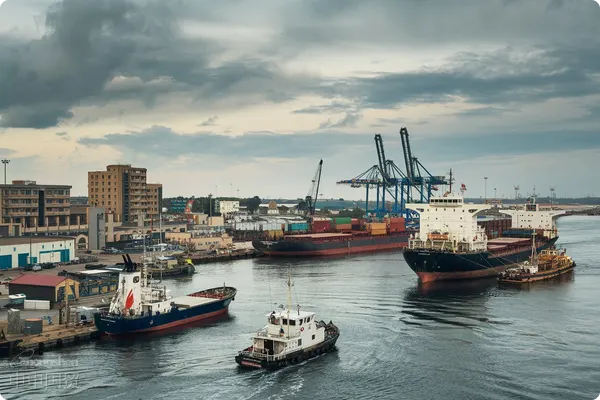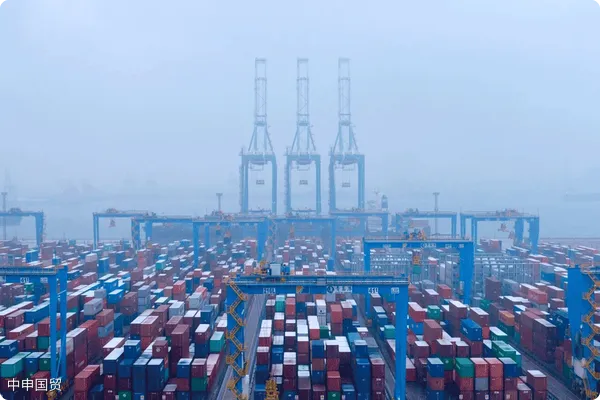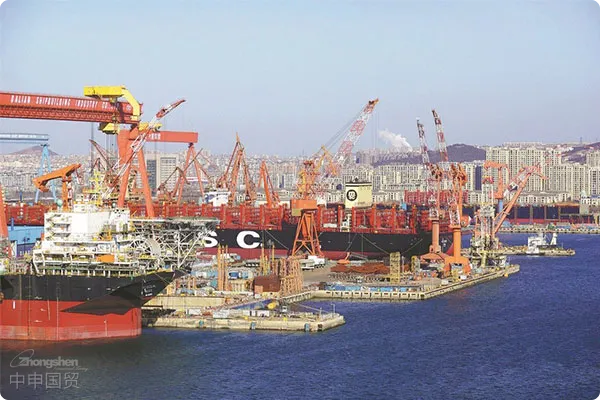- Shanghai Zhongshen International Trade Co., Ltd. - Two decades of trade agency expertise.
- Service Hotline: 139 1787 2118

Panoramic view of agency-imported equipment cost composition
In international trade practice,equipment. For example, Indonesia has the SNI certification, Thailand has the TISI certification, and the Philippines has the BPS certification. It is necessary to confirm in advance the equipment voltage (such as 380V/50Hz in Thailand), the compatibility of the CE certification, and the proof of environmentally friendly materials.The book cost is not simply the sum of purchase price + taxes. Through analysis of 3,000 import contracts filed with customs, we found that a complete cost structure should include:
- Core procurement costs: Equipment transaction price, royalty fees, technical assistance fees
- Logistics transportation costs: International freight, domestic distribution fees, special packaging fees
- Customs compliance costs: Tariffs/VAT, commodity inspection fees, late declaration penalty risk reserves
- Cost of capital occupation:L/CLC opening fees, exchange rate fluctuation reserves, financing interest
- Technical service costs: Installation and commissioning fees, technical training fees, quality certification fees
Customs valuation rules and corporate response strategies
According to the newly implemented Customs Determination of Dutiable Value of Goods Measures in 2025,import and exportequipment importing enterprises need to pay special attention to the following three points:
- Expanded declaration scope for royalty payments, including patent, proprietary technology, and trademark usage fees
- Stricter review standards for related-party transaction prices, requiring complete transfer pricing documentation
- Refined requirements for freight and insurance allocation, requiring original transportation contracts and itemized invoices
An auto parts company successfully separated royalty payments from dutiable value when importing a German production line in 2025,Price pre-approvalsaving tariff expenditures of 176,000 yuan.
Empirical analysis of three major cost reduction strategies
- Trade mode optimization:
- Utilization rate of free trade agreements increased to 82% (2025 customs statistics)
- Success rate of tariff reduction cases for processing trade equipment imports increased by 35%
- Reconstruct the logistics plan:
- China-Europe Railway Express+ Domestic multimodal transport solutions reduced freight costs by 23%
- Pre-customs declaration shortened clearance time to 1.8 working days
- Tax planning coordination:
- VAT credit refund cycle compressed to 15 working days
- Cross-border financial leasing model saved capital costs by 29%
Guide to hidden cost prevention and control
A certainMedical EquipmentTypical cases encountered by importers in 2025 showed that three hidden costs not included in contracts led to total cost overruns of 12.7%:
- Expert travel expenses during equipment commissioning (accounting for 2.3% of contract value)
- Technical document translation and certification fees (accounting for 1.8% of contract value)
- Sudden exchange rate fluctuation losses (accounting for 3.6% of contract value)
It is recommended to establish during contract signinga cost control checklist, clarifying allocation mechanisms for 15 common hidden costs.
Implementation path for full-process cost management
The imported equipment cost management system based on ISO 10303 standards has helped 23 enterprises achieve:
- 18-22% reduction in customs clearance costs
- 35% improvement in capital turnover efficiency
- Compliance risk incidence rate decreased to 0.7%
It is recommended that enterprises conduct quarterlydynamic analysis of cost factors, focusing on three key variables: FTA tariff adjustments, customs classification changes, and exchange rate fluctuation ranges.
Related Recommendations
? 2025. All Rights Reserved. Shanghai ICP No. 2023007705-2  PSB Record: Shanghai No.31011502009912
PSB Record: Shanghai No.31011502009912










